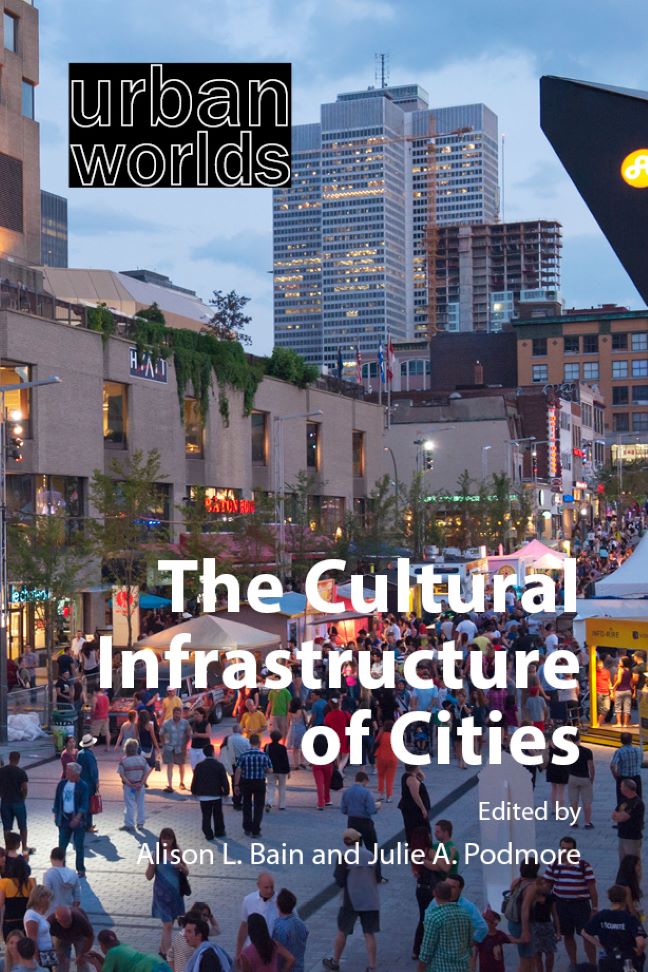13 - Infrastructuring museums
Published online by Cambridge University Press: 23 January 2024
Summary
INTRODUCTION: REFRAMING MUSEUMS AS INFRASTRUCTURE
This chapter uses the analytic of infrastructuring to conceptualize museums along the lines of what they do, rather than by what they are or are supposed to be. With a practice-oriented and activist approach to museums, this chapter challenges existing, conventional museum definitions. It thus engages infrastructure as a verb rather than as a noun. Infrastructure as a noun predominantly grasps concrete and tangible human, organic, technological and material facilities. In contrast, Matthias Korn et al. (2019: 12) describe infrastructuring as a verb that initiates a shift “from single artefacts and sites to the connectedness and entanglement between them”. Accordingly, infrastructuring is under-stood as an embodied process and practice, that shapes, and is shaped by, socio-spatial encounters between different actors – including people, places, objects, feelings, discourses, histories, herstories and memories. Hence, the chapter deploys the lens of infrastructuring as a malleable and mobile conceptual frame to understand and practices of collecting culture.
This chapter argues that if museums are thought of as fluctuating formations that are articulated via practices of infrastructuring, we can better attend to different people and places, as well as the symbolical and material absences and presences of voices, narratives, traumatic and joyful memories, hopes and dreams, that together constitute cultural infrastructure. With the encompassing notion of infrastructuring the museum, existing definitions of museums can be radically challenged. When museums are approached via a lens of infrastructuring, it not only allows for more versatile and less spatially fixed imaginaries of museums, but importantly, also makes room for more socially diverse and intersectional practices of museum-making. The objective of this chapter, then, is to chart novel socially and spatially engaged museum practices as exemplary approaches of doing museums differently. For this purpose, the chapter discusses two projects of infrastructuring the museum, one from Ahmedabad, India, and the second from Berlin, Germany.
To approach museums as activist exercises of infrastructuring, this chapter is situated in theories of political difference and conflict (Landau et al. 2021). Political difference, in a nutshell, distinguishes between the realm and practices of “politics” (which aim to create order and control with the goal to maintain and institutionalize power) and “the political” which extends beyond formalized and routinized institutions where the logic of politics resides.
- Type
- Chapter
- Information
- The Cultural Infrastructure of Cities , pp. 207 - 218Publisher: Agenda PublishingPrint publication year: 2023

